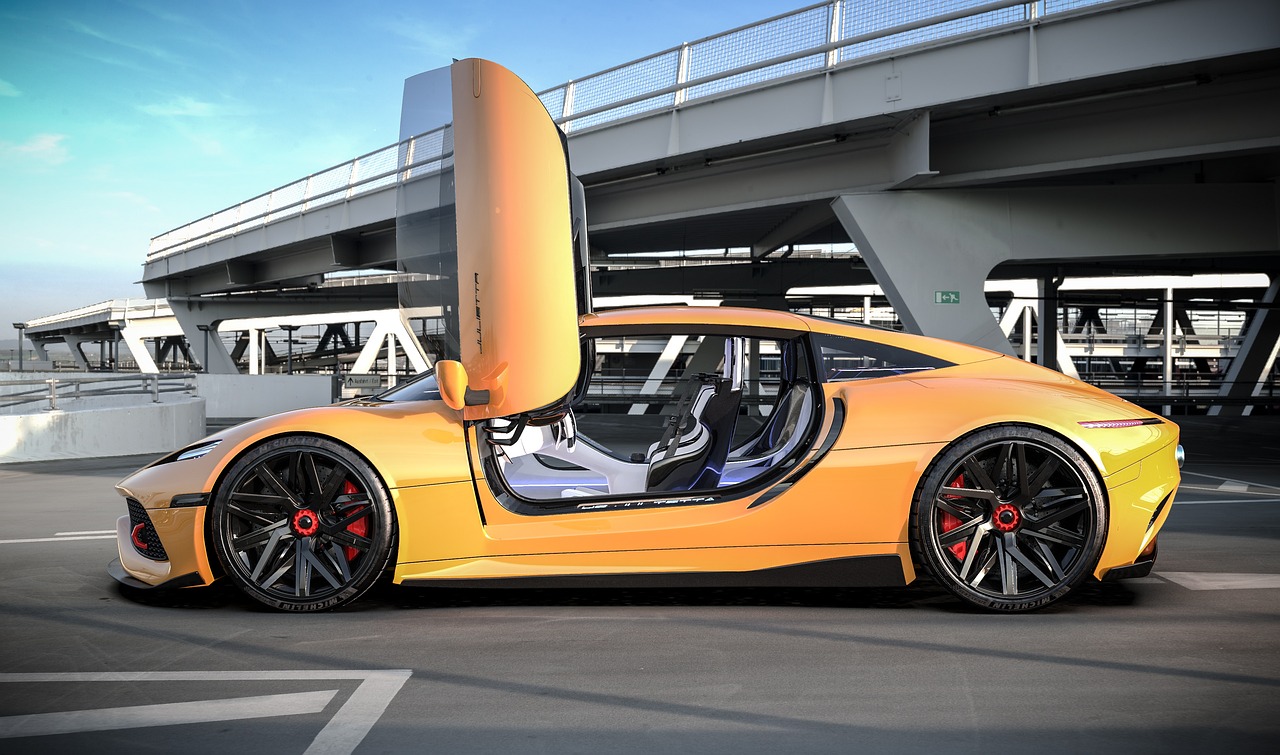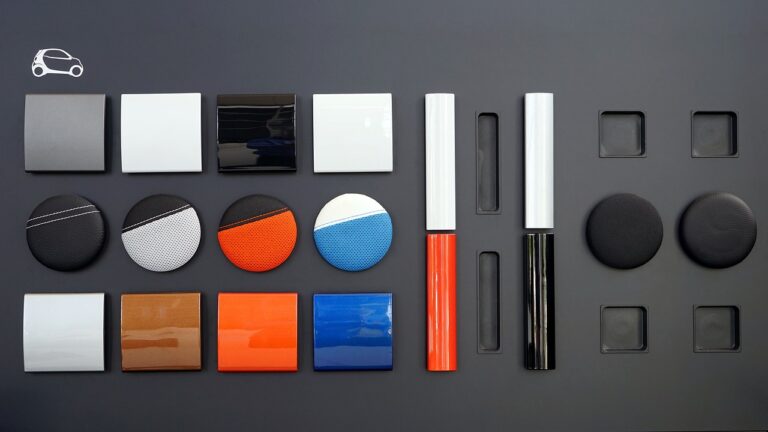Exploring the World of Automotive Prototypes
Automotive prototypes have come a long way since the early days of the industry. In the past, prototypes were often hand-built and required extensive manual labor to create. Engineers and designers would spend countless hours crafting each component, making adjustments, and testing the vehicle until it met their specifications.
With advancements in technology, automotive prototypes have become more sophisticated and efficient. Computer-aided design (CAD) software now allows engineers to create detailed virtual prototypes before any physical components are built. This digital modeling allows for quicker iterations and testing, ultimately speeding up the development process and reducing costs. The evolution of automotive prototypes showcases how innovation and technology have revolutionized the way vehicles are designed and brought to market.
The Importance of Prototyping in the Automotive Industry
Prototyping in the automotive industry plays a crucial role in the development of new vehicles. It allows engineers and designers to test out different designs, features, and functionalities in a cost-effective and timely manner. By creating prototypes, automakers can identify and rectify potential issues early in the production process, ultimately leading to higher quality and more reliable vehicles for consumers.
Moreover, prototyping enables automakers to gather valuable feedback from stakeholders, such as customers, regulators, and investors, before mass production begins. This feedback loop helps to ensure that the final product meets the needs and expectations of the target market. In an industry where innovation and competitiveness are key drivers of success, prototyping serves as a vital tool for staying ahead of the curve and delivering cutting-edge vehicles that push the boundaries of technology and design.
What is a prototype in the automotive industry?
A prototype in the automotive industry is a preliminary version of a vehicle designed to test and evaluate its functionality, performance, and design before mass production.
Why are prototypes important in the automotive industry?
Prototypes are important in the automotive industry because they allow manufacturers to identify and address potential issues early in the design process, saving time and money in the long run.
How do prototypes help in the development of new vehicles?
Prototypes help in the development of new vehicles by allowing engineers to test various components, materials, and systems to ensure they meet performance and safety standards.
What are some common challenges faced in automotive prototyping?
Some common challenges faced in automotive prototyping include balancing cost and time constraints, ensuring accurate testing and evaluation, and coordinating efforts between different departments.
How has the process of automotive prototyping evolved over the years?
The process of automotive prototyping has evolved from simple mock-ups and clay models to sophisticated computer-aided design (CAD) software and advanced 3D printing technologies.
What role do prototypes play in the future of the automotive industry?
Prototypes will continue to play a crucial role in the future of the automotive industry by enabling manufacturers to innovate, test new technologies, and improve the overall quality and performance of vehicles.





